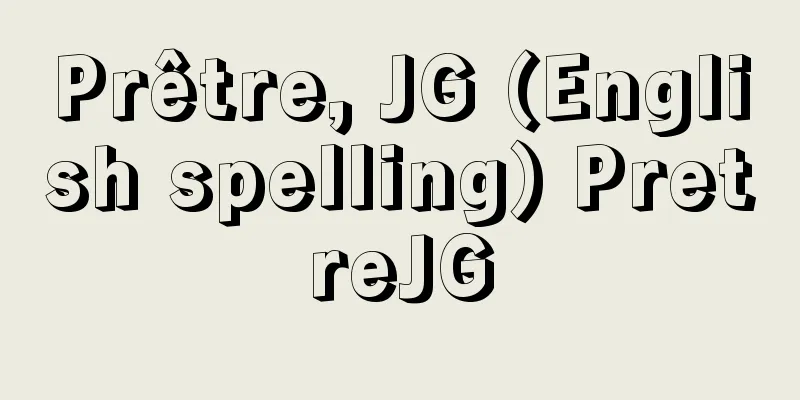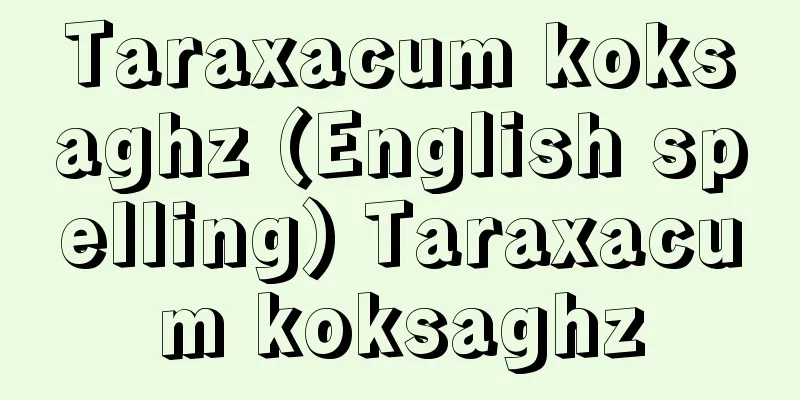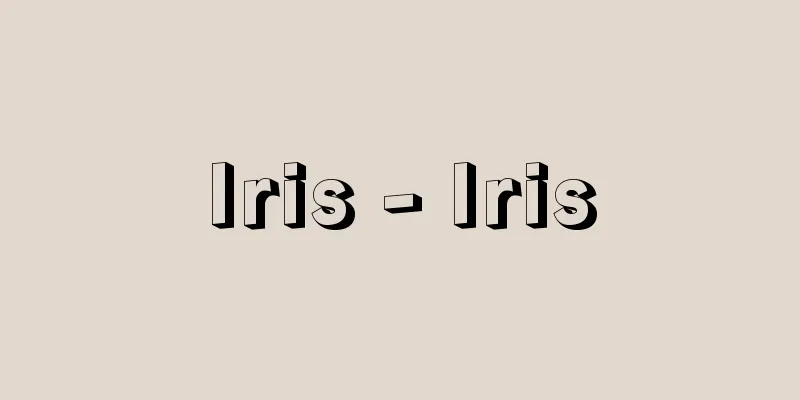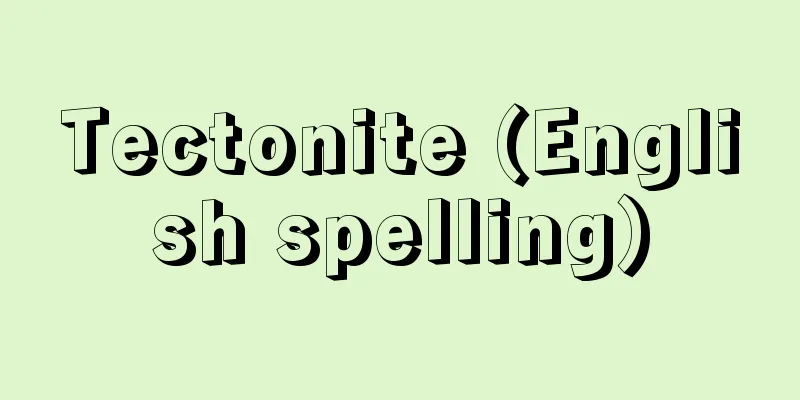Kaihoku Yusho

|
A painter from the Azuchi-Momoyama period. The founder of the Kaihoku school. Born in Sakata County, Omi Province (Maibara City, Shiga Prefecture) as the fifth (or third) son of Kaihoku Zen'emon Tsunachika, a senior vassal of Azai Nagamasa. His given name was Shoeki, and Tomomatsu was also called Shoeki. In 1573 (Tensho 1), Oda Nobunaga destroyed his master, the Azai clan, and the Kaihoku clan, a military family, also came to an end. However, Tomomatsu alone, who had already entered the priesthood at Tofukuji Temple in Kyoto, escaped this disaster and returned to secular life at the age of 41. From then on, he aimed to revive the Kaihoku clan and devoted himself to martial arts alongside his painting. It is said that he first studied painting under Kano Motonobu or Eitoku, but it is difficult to say which one he was, and he probably carved out his own field of painting on his own. He studied Song and Yuan painting in depth, and in particular studied the Southern Song painting academy painter Liang Kai, learning the technique of reduced strokes. His unique figure paintings, which he achieved by using this abbreviated technique, were praised and called "bag figures." In addition to his work as a painter, Tomomatsu was also well versed in waka, linked verse, and the tea ceremony, and was highly cultured as a leading intellectual of his time. This can be seen in his wide range of acquaintances, including Shun'oku Soen of Daitokuji Temple, Shuun Shufu of Tofukuji Temple, and linked verse master Satomura Joha. He was particularly close to Saito Toshimitsu, a subordinate of Akechi Mitsuhide, and when Mitsuhide was defeated in the Battle of Yamazaki in 1582 and Toshimitsu was captured by Hideyoshi's side and executed, Tomomatsu is said to have retrieved his body and had it buried at Shinnyodo. In later years, the Kaihoku family fell into a period of decline under Tomomatsu's son, Yusetsu, who lived the life of a town painter, but it was none other than Toshimitsu's daughter, Kasuga no Tsubone, who brought the Kaihoku family back to life. Perhaps it was as a way of repaying Tomomatsu's kindness. Compared to other early modern artists, Tomomatsu was fortunate to leave behind many posthumous works. However, most of these were produced after he was in his 60s, and much remains unknown about the period in which his style was formed. Among his works with dates are the screen painting in the abbot's chambers of Kenninji Temple from 1599 (Keicho 4), and the "Eight Immortals Drinking Screen" (Kyoto National Museum) and "Landscape Screen" (Tokyo National Museum) from 1602 (Keicho 7). After this, in his later years, he became acquainted with Prince Katsura no Miya Toshihito, and frequently visited his household. The Imperial treasures "Hamamatsu Screen" and "Aboshi Screen" have been handed down through the Katsura family. Other than these works, his masterpieces include the Kenninji Zenkyoan screen painting, the Cloud Dragon Screen (Kitano Tenmangu Shrine), and the Peony Screen (Myoshinji Temple). All of them show a strong and sharp expression, evoking the image of the warrior painter Tomomatsu. He died on June 2, 1615. He was buried at Shinnyodo, where his close friend Toshimitsu Saito is also buried. [Satoru Sakakibara] "Complete Collection of Japanese Art Paintings 11: Yusho and Togan" by Masatomo Kawai (1981, Shueisha)" ▽ "Master of Omi - Yusho Kaihoku" (1997), edited and published by Otsu City History Museum" [Reference] |Source: Shogakukan Encyclopedia Nipponica About Encyclopedia Nipponica Information | Legend |
|
安土(あづち)桃山時代の画家。海北派の祖。浅井長政(ながまさ)麾下(きか)の重臣海北善右衛門綱親(ぜんえもんつなちか)の五男(あるいは三男)として、近江国(おうみのくに)坂田郡(滋賀県米原(まいばら)市)に生まれる。名を紹益(しょうえき)、友松はその字(あざな)である。1573年(天正1)織田信長によって主家浅井家が滅ぼされ、武門の海北家も絶える。しかし、すでに早く京都・東福寺に出家していた友松一人はこの難を逃れ、41歳で還俗(げんぞく)、以後海北家再興を志し、画事のかたわら武芸にも励んだ。画(え)は初め狩野元信(かのうもとのぶ)あるいは永徳(えいとく)に師事したともいわれるが、いずれともにわかには決めがたく、おそらくは独力で自らの画境を切り開いていったのであろう。深く宋元画(そうげんが)を研究、ことに南宋(なんそう)の画院画家梁楷(りょうかい)に私淑し、減筆描法を学ぶ。その省略の要を得た友松独特の人物画は「袋人物」とよばれ賞賛された。そうした画人としての活動だけでなく、友松は和歌や連歌、茶の湯にも通じ、当代一流の文化人としての高い教養を備えていた。その一端は彼の幅広い交遊からもうかがえ、大徳寺の春屋宗園(しゅんおくそうえん)、東福寺の集雲守藤、連歌師里村紹巴(じょうは)と親交を結んだ。また明智光秀(あけちみつひで)の配下であった斎藤利三(としみつ)とはとりわけ親しく、のち82年山崎の合戦で光秀が敗れ、利三が秀吉側に捕らえられて処刑されたとき、友松はその遺体を奪い返し、真如堂に葬ったという。後年海北家は友松の子友雪(ゆうせつ)の代になって一時没落し、町絵師的生活を送るが、このとき海北家を引き立て再興させたのは、ほかならぬ利三の娘春日局(かすがのつぼね)であった。友松の恩義に報いたのであろう。 友松は、他の近世初期の画人に比べ、幸運なことに遺作も多い。しかし、それらの多くは60歳代以後のもので、彼の画風形成期についてはいまだ不明の点も多い。そのなかで年記のある作品としては、1599年(慶長4)の建仁寺(けんにんじ)大方丈障壁画(しょうへきが)や、1602年(慶長7)の『飲中八仙図屏風(びょうぶ)』(京都国立博物館)および『山水図屏風』(東京国立博物館)がある。これ以後晩年には桂宮智仁(かつらのみやとしひと)親王の知遇も得、同家へしばしば出入りした。御物の『浜松図屏風』『網干(あぼし)図屏風』は桂宮家伝世の品である。これらの作品以外に、建仁寺禅居庵障壁画、『雲竜図屏風』(北野天満宮)、『牡丹(ぼたん)図屏風』(妙心寺)などがその代表作に数えられよう。いずれも気迫のこもった鋭い表現をみせ、武人画家友松のおもかげを彷彿(ほうふつ)とさせる。慶長(けいちょう)20年6月2日没。親友斎藤利三の墓もある真如堂に葬られた。 [榊原 悟] 『河合正朝著『日本美術絵画全集11 友松・等顔』(1981・集英社)』▽『大津市歴史博物館編・刊『近江の巨匠――海北友松』(1997)』 [参照項目] |出典 小学館 日本大百科全書(ニッポニカ)日本大百科全書(ニッポニカ)について 情報 | 凡例 |
Recommend
Red starfish - A red starfish
...The dorsal plates of the arms are arranged ver...
Sedum lineare (English spelling)
… [Hiroshi Yuasa]. … *Some of the terminology tha...
Eye catcher (English spelling)
A design used in advertising is something that is ...
Matendere
…The building stones of this period were irregula...
Ayyubids - Ayyubid Dynasty (English spelling)
A dynasty founded in 1169 by the Kurdish Salah al...
Reply - Ohto
The change over time in a physical quantity when ...
Kineya Rokuou
…Other compositions he composed include “Sarashim...
Conchocelis
…From winter to spring, they produce eggs and spe...
Kingstown - Kingstown (English spelling)
It is the capital of St. Vincent and the Grenadin...
Karl Albert Ludwig Aschoff
1866‐1942 German pathologist. Born in Berlin, he s...
Kaizenji Temple (English name) Kai-shan-si
Located in the county town of Xincheng, Hebei Prov...
Casting - Chuzo (English spelling) casting
Metal is heated and melted, then poured into a mo...
obolos
… Parthia, which gained independence from the Sel...
Endemic species - Koyushu
Refers to a type of organism that is found only i...
Northern elephant seal (English name: Mirounga angustirostris; northern elephant seal)
The elephant seal is a member of the genus Phocida...









